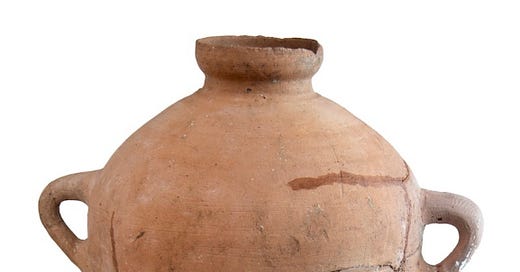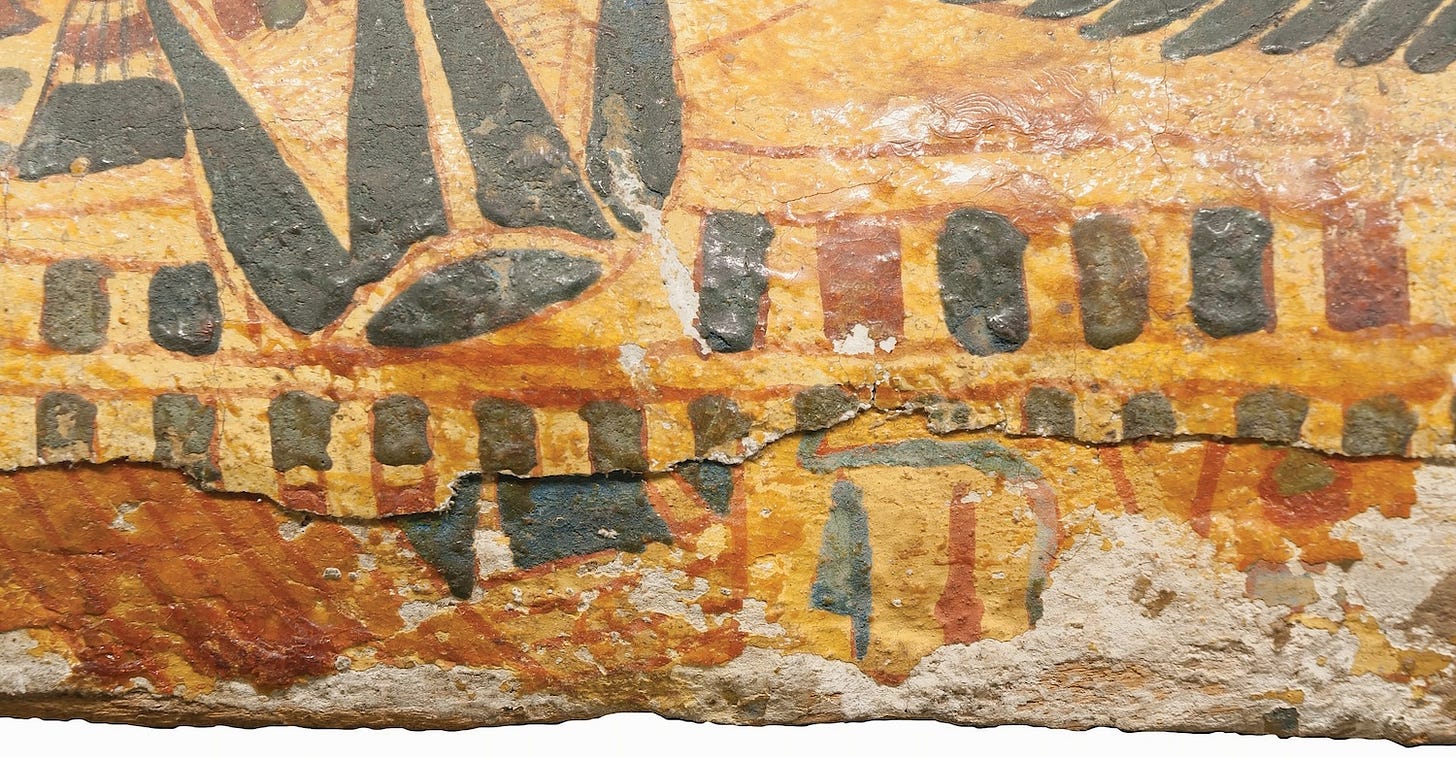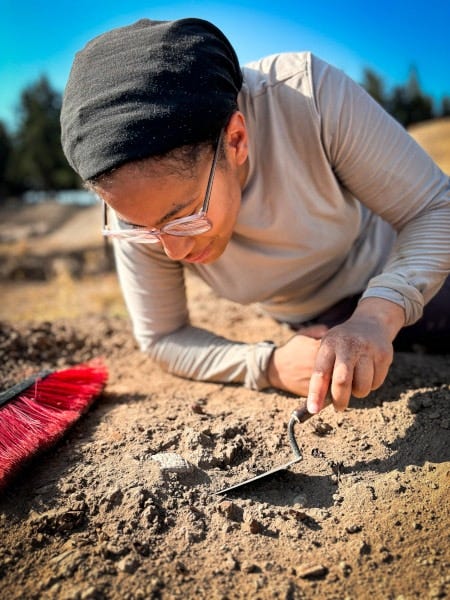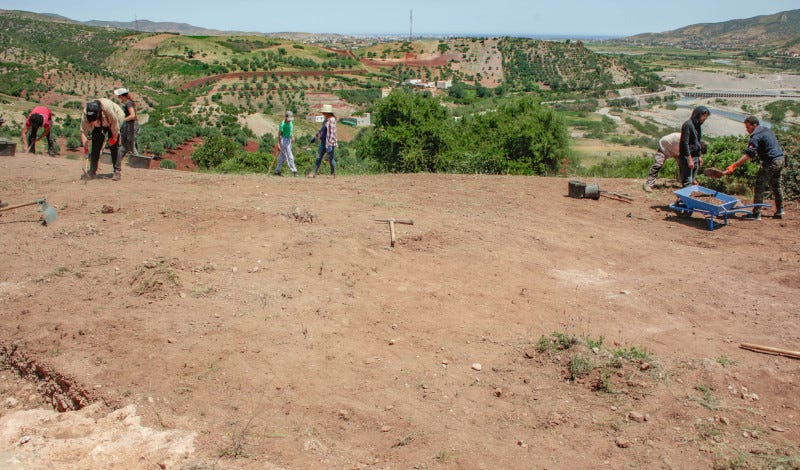ANE Today, 6 Mar 2025
A Tale of Two Late Bronze Age Mercantile Polities, Amulets in Late Antique Palestine, our Object of the Week, plus the usual round-up of news, books, and other media.
Cyprus and Ugarit: A Tale of Two Late Bronze Age Mercantile Polities
By A. Bernard Knapp
Cyprus and Ugarit represent two of the best known, well-connected polities in the Late Bronze Age eastern Mediterranean. Over nearly half a millennium (ca.1650–1200 BC), close, long-term, mercantile relations existed between Ugarit and its ports and the harbour towns of Cyprus. For various reasons—not least the abundant material and documentary evidence that has accumulated over nearly 100 years—there have been few attempts to quantify and evaluate the nature of those relations, especially from a theoretical vantage point.
Friends of ASOR Webinar: Megan Nutzman on March 19
Make sure to register for the upcoming FOA Webinar: "Amulets and their Critics: Jews, Christians, and Samaritans in Late Antique Palestine," presented by Dr. Megan Nutzman on Wednesday, March 19th at 7:00pm ET. Medical treatments in the ancient Mediterranean world were rudimentary and often unsuccessful, and so individuals routinely looked for divine aid to cure their afflictions. This lecture considers one of the most common forms of ritual healing employed in Roman and late antique Palestine: amulets. With circumstances of close cultural contacts—such as prevailed in Palestine—the setting was ripe for Jews, Samaritans, and Christians to borrow forms of ritual healing that were perceived to be efficacious and to alter them to fit their own religious framework. The cultural and religious interactions revealed by amulets demonstrate the porousness of the boundaries that separated these communities and made them the subject of polemical discourse among elite authors trying to police collective borders.
Read more about Dr. Nutzman's talk and register here.
In the News:
Archaeologists find evidence of Egyptian army that felled biblical king at Megiddo (Haaretz)
A large camp where gold was mined & processed in antiquity, found in southeastern Egypt (LBV)
1,500-year-old skeleton found in chains in Jerusalem was a female ‘extreme ascetic’ (LiveScience)
Excavations at Göbekli Tepe continue to yield findings (Jerusalem Post)
Paris exhibition brings Gaza’s saved archaeological heritage back into the spotlight (Le Monde)
Japanese archaeologists find clues to ancient ironmaking in Turkey (NHK)
80% of Palmyra destroyed in wake of Assad ouster (ScienceBlog)
Iberian nailed head ritual was more complex than expected, isotope analysis reveals (phys.org)
The largest harbor in ancient Greece is centuries older than we thought (Artnet News)
Object of the Week:
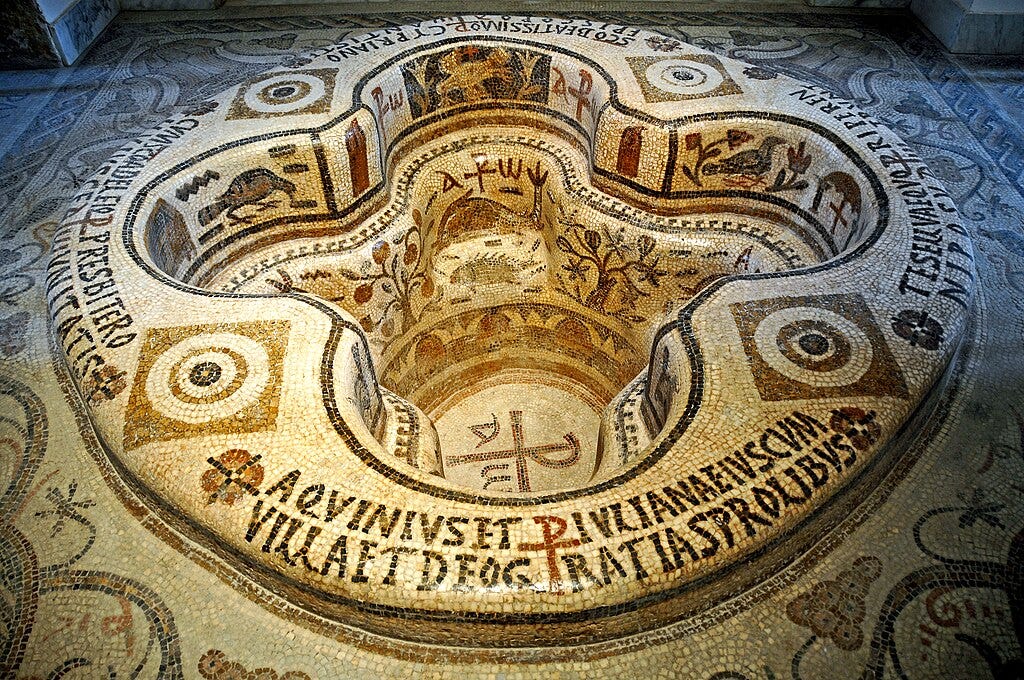
New Books to Explore:
The Oxford Handbook of the History of Archaeology, edited by Margarita Díaz-Andreu and Laura Coltofean
The Far Edges of the Known World: A New History of the Ancient Past, by Owen Rees
Land and Trade in Early Islam: The Economy of the Islamic Middle East: 750-1050 CE, edited by Hugh Kennedy and Fanny Bessard
The Feminized Hero in Second Temple Judaism, by Lawrence M. Wills.
New Voices in Iranian Archaeology, edited by Karim Alizadeh and Megan Cifarelli
The Assyrians, by Paul Collins (Lost Civilizations Series)
Latest Podcasts:
The Persian Wars: Darius, Athens and the Battle of Marathon (The Ancients, History Hit)
Latest YouTube:
Jerusalem: Western Colonies in the Holy Land (imineo Documentaries)
The Incredibly Preserved Ancient Shipwrecks at the Bottom of the Black Sea (Unearthed History)
The only undisturbed royal tomb in ancient Egypt – The Silver Pharaohs (Dig it with Raven)
Consider taking this short survey to give us feedback on ANE Today.
In Case You Missed It:
When Is It Ok to Recycle a Coffin? The Rules of the Reuse Game in Ancient Egypt
By Kara Cooney
If the benefits of funerary materiality drove ancient Egyptians to reuse coffins, what limitations were set on whose coffins could be reused, where, and when? Read more here.
March Fellowship Madness Is Back!
Each year, ASOR sponsors many Fieldwork Scholarships for students and volunteers to take part in ASOR Affiliated Projects. With your help, we aim to raise $6,000 to send three students into the field during Summer 2025. This year, ASOR will award 47 fieldwork scholarships and with your help, we'll make it to 50! Please support archaeology's next generation by making a gift today and selecting "Fieldwork Scholarships" as the designation for your gift.
ASOR-Affiliated Morocco Project Publishes Evidence About Bronze Age North Africa
A new study in the journal Antiquity presents the first evidence of a Bronze Age-era farming settlement in the northwest Maghreb following an ASOR-affiliated excavation in Kach Kouch, Morocco. The study, titled “Rethinking late prehistoric Mediterranean Africa: architecture, farming and materiality at Kach Kouch, Morocco,” was published on February 17 in the journal Antiquity by Cambridge University Press. Authors Hamza Benattia, Youssef Bokbot, Jorge Onrubia-Pintado, and the rest of the Kach Kouch Archaeological Project team, primarily comprising students from the National Institute of Archaeology and Heritage of Morocco (INSAP), have been conducting excavations and surveys at Kach Kouch, Morocco, since 2021 to further the understanding of this hitherto little-known period. Read the full media release here.
Enjoy what you’re reading? Consider supporting ANE Today through a once-off or recurring donation to ASOR.
Published with the assistance of The Lanier Theological Library and Stevan Dana

